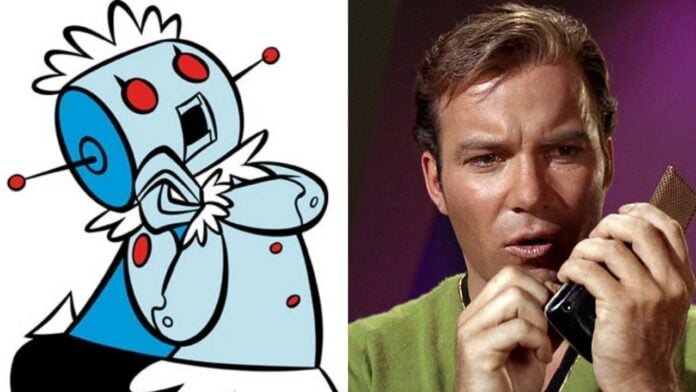For decades, we have seen movie gadgets that seemed impossible. For example, video calls, jetpacks, talking cars, and even brain-computer links. Back then, these ideas seemed restricted to the fantasy world only.
But now, in 2025, many of those advanced technologies used in movies are already here and have even become a part of our daily lives. Others are still experimental and waiting for their big breakthrough. Here are some of the most advanced technologies used in movies that have become real.
1. Videophones in ‘Metropolis’

Yes, a videophone. Long before we could pick up our cellphones and FaceTimed our dear ones, Fritz Lang envisioned one. In the 1927 feature-length sci-fi movie ‘Metropolis,’ we get a glimpse of this videophone. The videophone was wall-mounted and had a multiple-dial control system that enabled audio-visual communication. Sure, today’s smart displays and one-tap calling weren’t there, but who could have thought that there was even a probability of video phones?
2. Rosey the Robot in ‘The Jetsons‘

Back in the 1960s, Rosey the Robot quickly became a fan favourite, all thanks to ‘The Jestons.’ We even got to see how Rosey cleaned, vacuumed, and sometimes even cracked jokes. But never did we imagine that we would ever get something similar to Rosey. Did we? Sure, we still don’t have humanoid housekeepers, but we do have smart home tech that can mop, wash, and clean just like Rosey.
3. Bond’s GPS in ‘Goldfinger‘
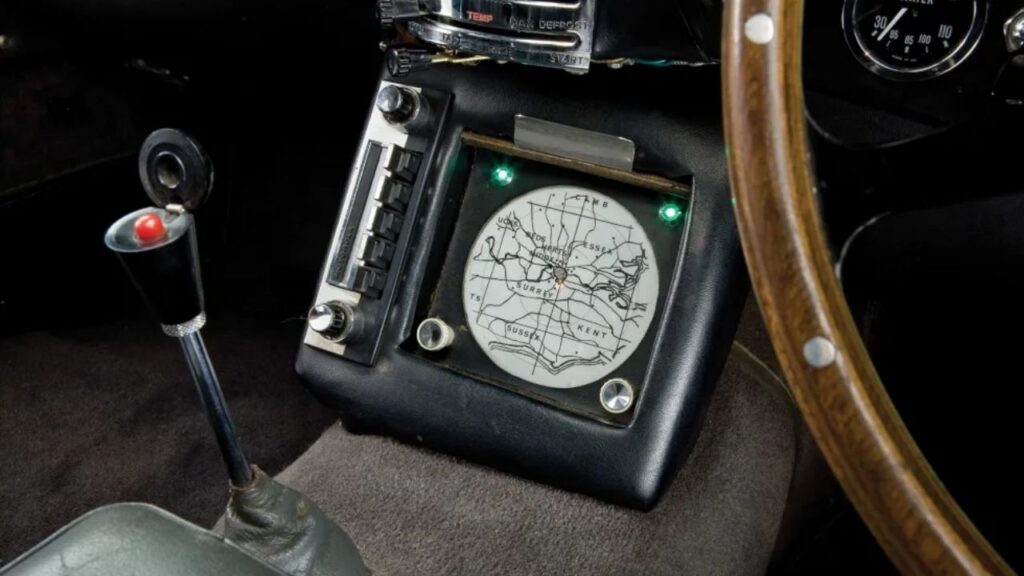
James Bond’s Aston Martin in the 1964 film ‘Goldfinger‘ had plenty of gadgets: revolving number plates, an ejector seat, and most impressively, a dashboard map that tracked a blinking dot. This was essentially GPS before GPS existed. At the time, satellite tracking was still in its early days. Real GPS wouldn’t arrive for decades. Today, it’s so normal that we take it for granted. Our cars guide us with real-time traffic updates, rerouting us when roads are blocked. Phones tell us exactly when our food delivery is three minutes away. What Bond used to track villains, we now use to find coffee shops and avoid traffic jams.
3. Jetpacks in ‘Thunderball‘
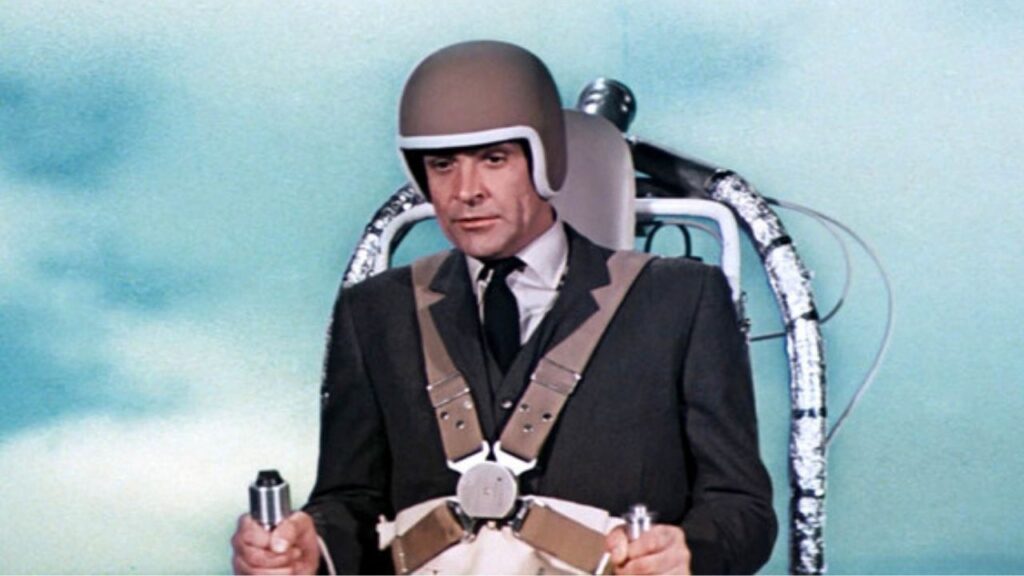
In ‘Thunderball,’ Sean Connery’s Bond casually straps on a jetpack and flies away. It was an unforgettable scene, but who thought something like that would be real, too? Reality is trickier. Jetpacks exist, but they’re noisy, fuel-hungry, and can only stay in the air for a few minutes. Some, like water-powered jetpacks, are fun for tourists at resorts. Still, the dream isn’t dead. Startups continue to test new designs, with safety measures, and the day is not far when we will get to experience it as well.
4. The Newspad in ‘2001: A Space Odyssey’
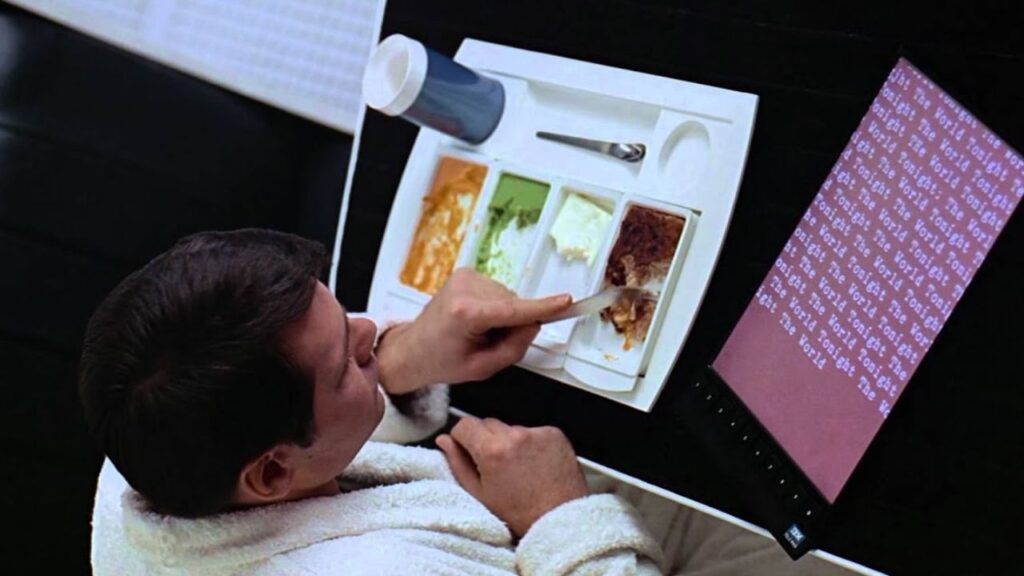
Stanley Kubrick’s ‘2001: A Space Odyssey‘ showed astronauts eating breakfast while reading news on slim, handheld screens. These “newspads” looked almost exactly like modern tablets. At the time, portable computers didn’t exist. Yet today, tablets are everywhere. We stream shows, read books, join meetings, and scroll social feeds on them.
5. Communicators in ‘Star Trek‘
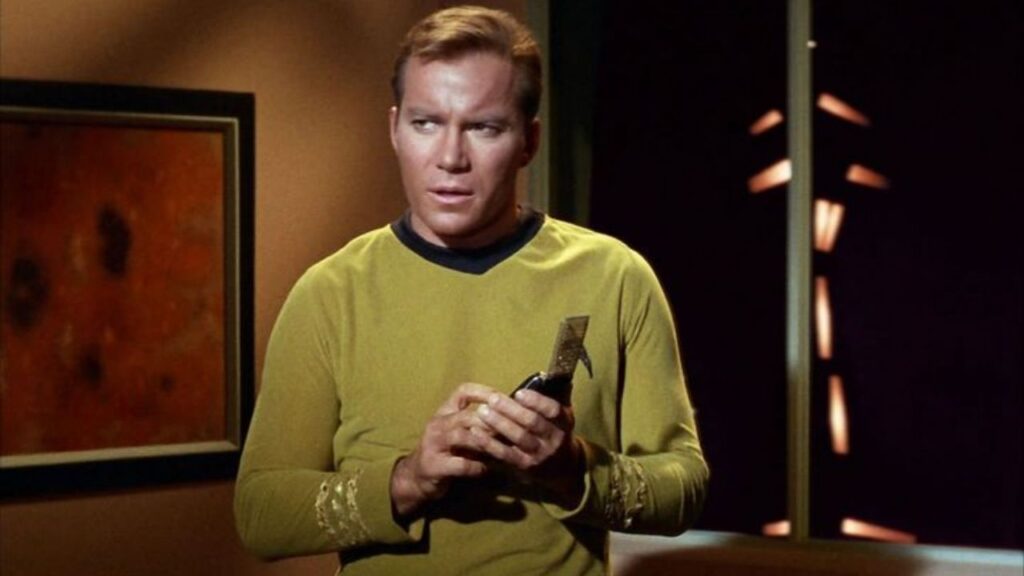
The flip-open communicators in ‘Star Trek‘ inspired the real invention of the mobile phone. Martin Cooper, the engineer behind Motorola’s first handheld phone in 1973, admitted Captain Kirk’s communicator gave him the idea. By the 1990s, flip phones became a global trend, and by the 2010s, smartphones surpassed even ‘Star Trek’s vision. Later, ‘Star Trek‘ added wrist-worn communicators, just like smartwatches. Now, we can talk, text, check heart rates, and even receive calls with a device on our wrist.
6. AR Glasses in ‘Iron Man‘
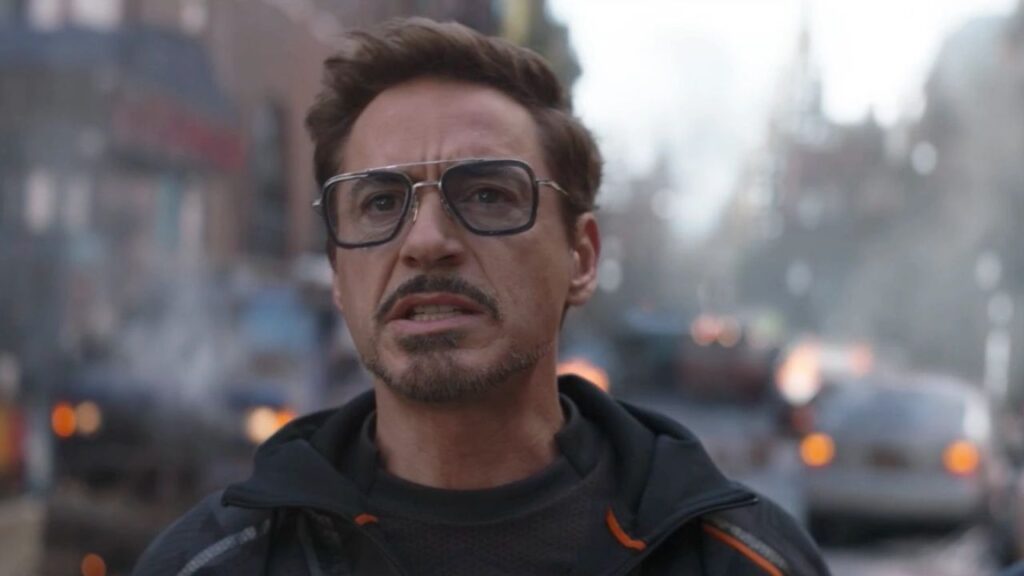
In 2008’s ‘Iron Man,’ Tony Stark’s helmet displayed information in real time: maps, diagnostics, and threat levels. It felt like a fantasy! Now, augmented reality (AR) is here in more modest forms. Glasses can project translations, show directions, or overlay digital objects onto real spaces. Apple’s Vision Pro is pushing the journey forward and letting users interact with 3D data using real-time gestures.
7. Brain-Computer Interfaces in ‘The Matrix’ and ‘Avatar’
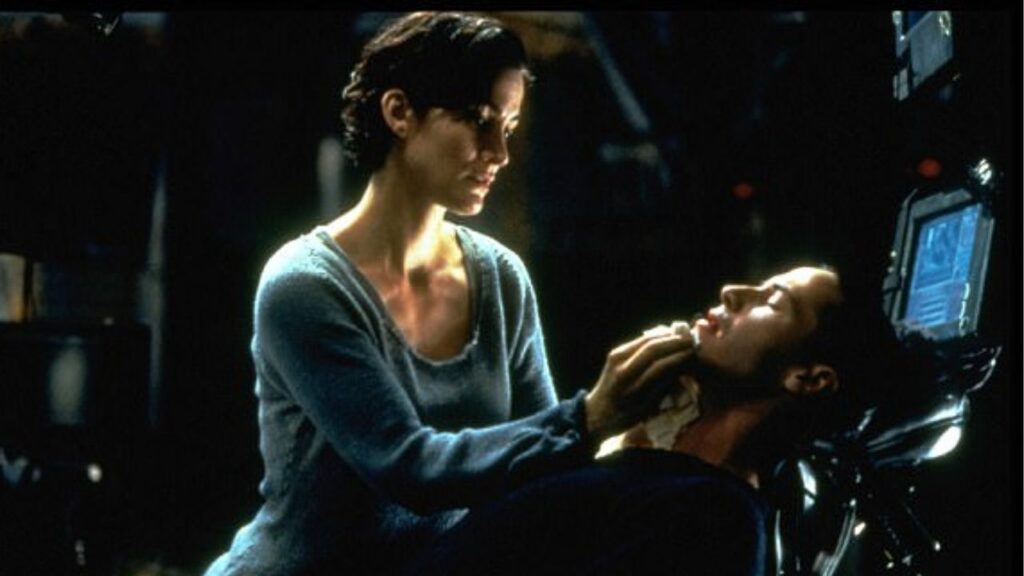
Movies like ‘The Matrix‘ and ‘Avatar‘ imagined plugging brains directly into machines. While we’re nowhere near living in virtual worlds, the core idea, brain-computer interfaces (BCIs), is real. In 2024, Neuralink announced its first human trial, where a participant moved a cursor just by thinking. Another company, Synchron, is developing implants that don’t require brain surgery. Wow, maybe that day isn’t far off when we will get to see a more real version of ‘Stranger Things’!
8. Autonomous Vehicles in ‘Minority Report’
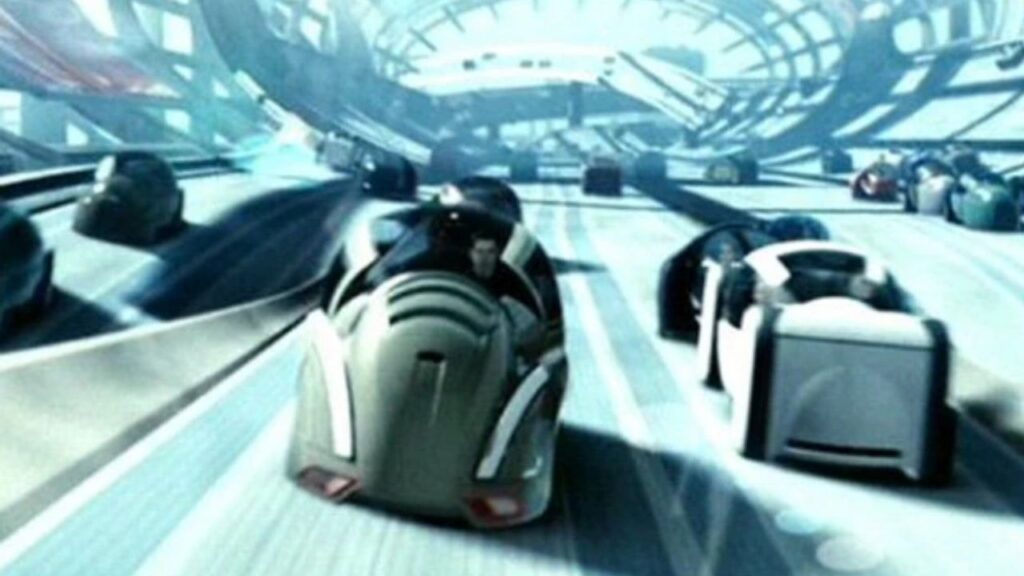
Movies like ‘Minority Report’ showed cities filled with driverless cars. Today, companies like Waymo and Cruise already run autonomous taxis in U.S. cities. In 2025, Waymo even won approval to pick up passengers at a major airport in California. These cars still face challenges like handling unusual situations, winning public trust, and avoiding accidents, but the momentum is strong.

